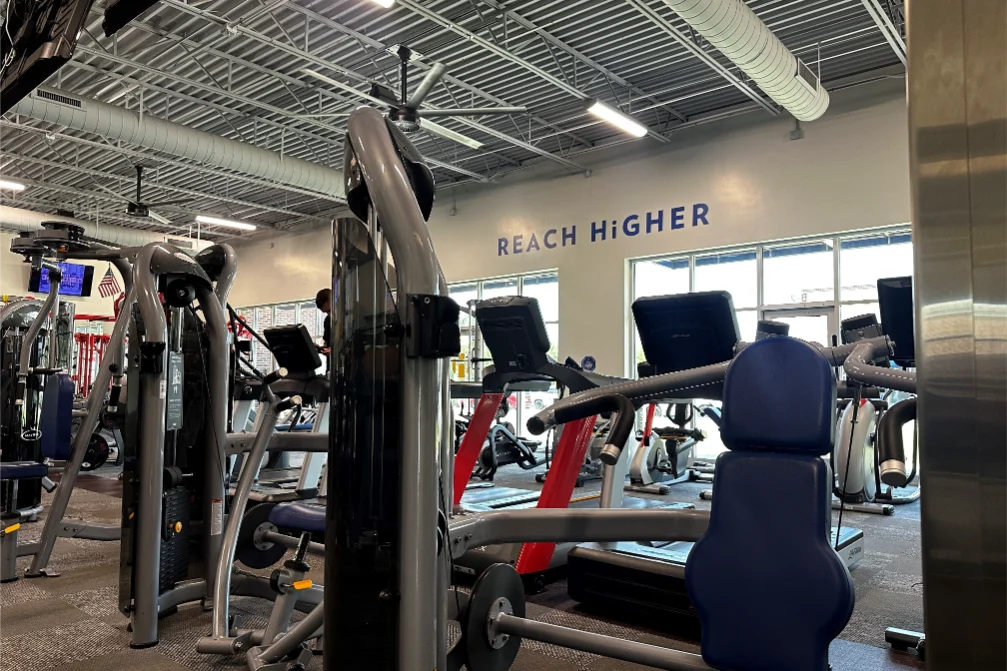When embarking on a weightlifting regimen, one of the most common questions is, “How long will it take to see results?” The timeline for seeing physical changes from lifting weights can vary significantly depending on several factors, including your starting point, the intensity and frequency of your workouts, your diet, and your overall lifestyle. Here’s what you can expect when you start lifting weights.
Understanding the timeline
The timeline for seeing results from weight lifting is influenced by your fitness goals: muscle gain, increased strength, fat loss, or improved muscle tone.
Initial changes (4-6 weeks)
- Neurological adaptations: Within the first few weeks, the most significant changes are neurological. Your body becomes more efficient at recruiting muscles, which means you might feel stronger without visible muscle growth.
- Increased endurance: You may notice an improvement in your ability to perform more repetitions and handle slightly more weight.
Visible muscle growth (8-12 weeks)
- Hypertrophy: After about two months, you might start to see actual muscle growth, known as hypertrophy. This is when muscles increase in size due to the repair of micro-tears that occur during weight lifting.
- Body recomposition: Depending on your diet and the intensity of your workouts, you may also observe changes in body composition, such as increased muscle definition and reduced body fat.
One of the best ways to see results faster is to work with a personal trainer. If you’re searching for personal trainers in Gastonia, make sure to visit HiTone Fitness.
Factors affecting results
We all have different genetics that will impact our progress, but there are a few factors that can also influence it:
Training intensity and frequency
- Consistency: Regularity is key in weight lifting. Most programs recommend training each muscle group at least two times per week.
- Progressive overload: Continuously challenging your muscles by increasing the weight, changing the exercises, or varying the number of sets and repetitions is crucial for continued improvement.
Diet and nutrition
- Protein intake: Adequate protein is essential for muscle repair and growth. Ensure your diet includes sufficient high-quality protein.
- Overall diet quality: Eating a balanced diet that supports your energy needs and recovery will significantly impact your results.
Rest and recovery
- Adequate sleep: Sleep is crucial for muscle recovery. Aim for 7-9 hours per night.
- Rest days: Incorporating rest days into your routine allows muscles to repair and grow.
Realistic expectations
Alongside your lifestyle factors, there are also things we can’t completely control:
Genetic predispositions
- Individual variability: Genetics play a significant role in how quickly you can build muscle and how your body responds to weight training.
Age and hormonal factors
- Age-related changes: Younger individuals typically see faster results due to higher levels of growth-promoting hormones.
- Hormonal balance: Hormones significantly affect muscle growth and fat loss. Factors like stress and hormonal imbalances can impede progress.
Final thoughts
While initial improvements in strength due to neurological adaptations can be noticed within a few weeks, visible changes in muscle size and body composition typically take longer, around 8-12 weeks of consistent effort.







